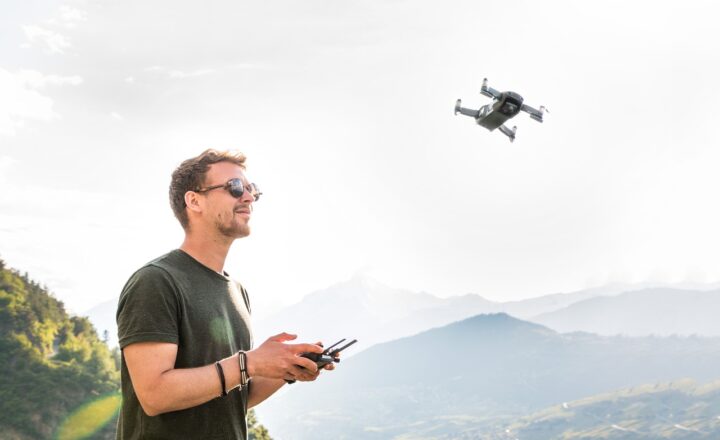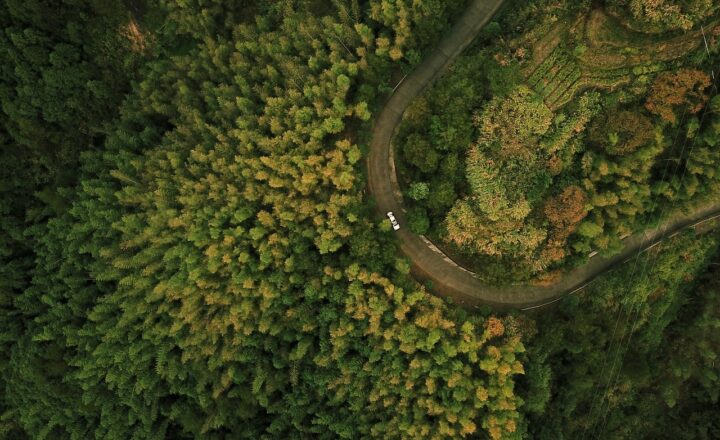
Drones, also known as unmanned aerial vehicles (UAVs), have taken to the skies and become a popular choice for hobbyists, professionals, and businesses alike. With advancements in technology and a broad range of applications—from aerial photography and videography to surveying and recreational use—choosing the right drone can feel overwhelming. This guide will help you navigate the different types, features, and benefits to ensure you select the perfect drone that meets your needs.
1. Understanding the Purpose of Your Drone
Before you start browsing for drones, you first need to determine what purpose the drone will serve. Here are some common applications:
- Photography and Videography: If you’re looking to capture stunning aerial shots or videos, a drone with a high-quality camera is essential.
- Recreational Flying: For casual users who wish to fly for fun, lightweight and easy-to-use drones are perfect.
- Racing: Drone racing has carved out its niche. Racing drones are designed for speed and agility, catering to competitive enthusiasts.
- Surveying and Mapping: Professionals in construction, agriculture, and environmental sciences often use drones for aerial mapping and surveying tasks.
Knowing your primary use case will help narrow down your options significantly.
2. Types of Drones Available
Drones come in a variety of types, each designed for specific applications. Let’s categorize them:
- Camera Drones: Equipped with cameras for aerial photography and video. Popular models include the DJI Mavic and Phantom series.
- Racing Drones: Lightweight, fast, and agile for racing enthusiasts. They require advanced piloting skills.
- Toy Drones: Designed for beginners and children. They are usually inexpensive and provide a good way to learn basic flying.
- Commercial Drones: Used for professional surveys, inspections, and mapping. They typically carry high-end cameras and sensors.
Understanding the different types of drones will aid in making an educated decision based on your specific requirements.
3. Key Features to Consider
When choosing a drone, several features should be considered:
- Camera Quality: Look for drones with 4K cameras if videography is a priority. Consider additional features like gimbals for stabilization.
- Flight Time: The average flight time varies between drones. Look for models providing at least 20-30 minutes of flight before needing a recharge.
- Range: Consider how far you intend to fly your drone. Ranges can vary drastically: some drones operate within a few hundred feet, while others can reach several miles.
- GPS and Navigation: GPS functionality allows for precise positioning and features like return-to-home, making flying safer and more reliable.
- Obstacle Avoidance: Advanced drones come equipped with sensors that detect obstacles in their path to prevent collisions.
These key features will help ensure you select a drone that aligns with your requirements, particularly concerning functionality and performance.
4. Budget Considerations
Drones come in a wide price range, from under $100 for toy models to thousands of dollars for advanced commercial drones. Here are some budget tips:
- Understand Your Needs: A higher price tag doesn’t always mean better for your circumstances. Determine which features are essential.
- Invest in Quality: Sometimes it’s worth stretching your budget to invest in a reputable brand, as lower-cost drones may have limited functionalities and durability.
- Include Extras in Your Budget: Don’t forget to account for additional costs such as spare batteries, memory cards, carrying cases, and insurance.
Setting a clear budget can guide you through the myriad of options while ensuring you stay within financial limits.
5. Legal Considerations
Drones are subject to regulations that may vary by country and region. Here are some legal aspects to keep in mind:
- Registration: In many countries, drones over a certain weight must be registered with aviation authorities. Know the laws specific to your location.
- Flying Restrictions: Familiarize yourself with no-fly zones and restrictions regarding flying near airports, military installations, and crowded places.
- Insurance: Some insurers offer policies that can protect you against liability in the event of an accident or damage.
- Privacy Laws: Be conscious of privacy concerns related to aerial photography. Respect the privacy of others when flying your drone.
Complying with legal guidelines is essential to avoid facing fines or legal issues related to drone use.
6. Best Drones on the Market
To help you narrow down your selection, here’s a look at popular drone models across various categories:
- DJI Mavic Air 2: An excellent mid-range option for photography and videography.
- Parrot Anafi: Compact and designed for travel, features 4K HDR video and a 180-degree tilt gimbal.
- Holy Stone HS720: Affordable and user-friendly, ideal for beginners while offering decent quality.
- DJI Phantom 4 Pro V2.0: A reliable choice for professional photographers, known for its exceptional camera quality.
- Hubsan Zino Pro: Offers 4K camera capabilities at a lower price point for casual users.
Depending on your needs, each of these models provides a combination of performance, features, and reliability that can cater to different aerial needs.
7. Getting Started with Your Drone
Once you have selected your drone, here are some tips to help you get started:
- Read the Manual: Proper operation begins with understanding the manual to get familiar with the drone’s controls and features.
- Practice Flying: Start by practicing in open spaces with minimal obstacles. Flying in a controlled environment will enhance your confidence.
- Join a Community: Engage with drone user forums and local clubs for tips, tricks, and support from fellow drone enthusiasts.
- Understand Photography Basics: If you intend to use your drone for photography, learning fundamental photography techniques can significantly enhance your images.
These tips can ensure you embark on your drone journey confidently and safely.
Conclusion
Buying the right drone for your needs can be an enjoyable experience when you understand the purpose, types, key features, budget, and legal considerations. Whether you’re a professional aerial photographer, a racing enthusiast, or someone looking to fly for leisure, there’s a drone perfectly suited for you.
Take the time to research and compare models, and soon, you’ll be ready to take to the skies!








